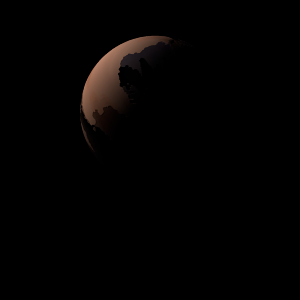|
|
Space Astro
|
Info for exoplanet "Bautila"
| Scientific (actual) data |
|---|
| Planet | HD 19994 A b |
| Planet status | Confirmed |
| Mass sini | 1.37 |
| Orbital period | 466.2 |
| Semi major axis | 1.305 |
| Orbit eccentricity | 0.063 |
| Angular distance | 0.06345 |
| Discovered | 2003 |
| Updated | 2021-04-13 |
| Omega | 346 |
| Tperi | 2453760 |
| K | 29.3 |
| Publication | Published in a refereed paper |
| Detection type | Radial Velocity |
| Alternate names | 94 Cet b, HD 19994 b, 94 Cet A b |
| Star name | HD 19994 A |
| Right ascension | 48.19° |
| Declination | -1.2° |
| Mag v | 5.07 |
| Star distance | 22.38 |
| Star metallicity | 0.25 |
| Star mass | 1.34 |
| Star radius | 1.93 |
| Star sp type | F8 V |
| Star age | 8.91 |
| Star temperature | 5984 |
| Star detected disc | IR Excess |
| Star alternate names | 94 Cet, HD 19994, 94 Cet A |
| Wikipedia article | HD 19994 A b |
Back
| |
| Fictional info (?) |
|---|
| Suggested name | Bautila |
| Planet type | Cold planet |
| The interior of Bautila is mainly composed of ices and molten metal. It is named after the deity Bautila, the god of destruction.
Bautila's surface appears partially rippled and is similar in appearance to the Moon's, indicating that it has been geologically inactive for billions of years.
Bautila was one of the first planets to have its motions plotted across the sky - as early as the second millennium BC. |
| Atmosphere | Hydrogen | 99% |
| Argon | 0.013% |
| Oxygen | 0.0012% |
| Atmospheric pressure | 7 bar |
 |
| No known satellites |
| Google search for Bautila |
|
Website by Joachim Michaelis
|
|
|
|